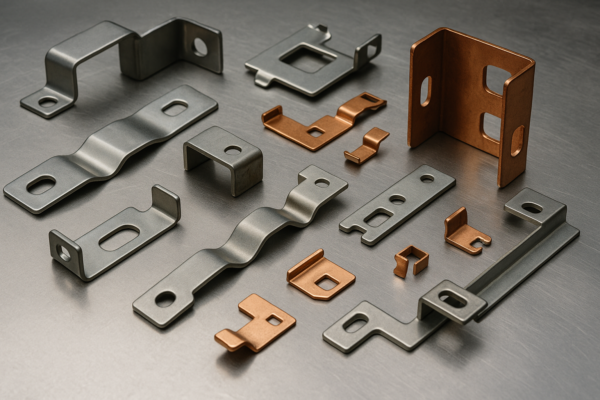What is a beginner welder called?
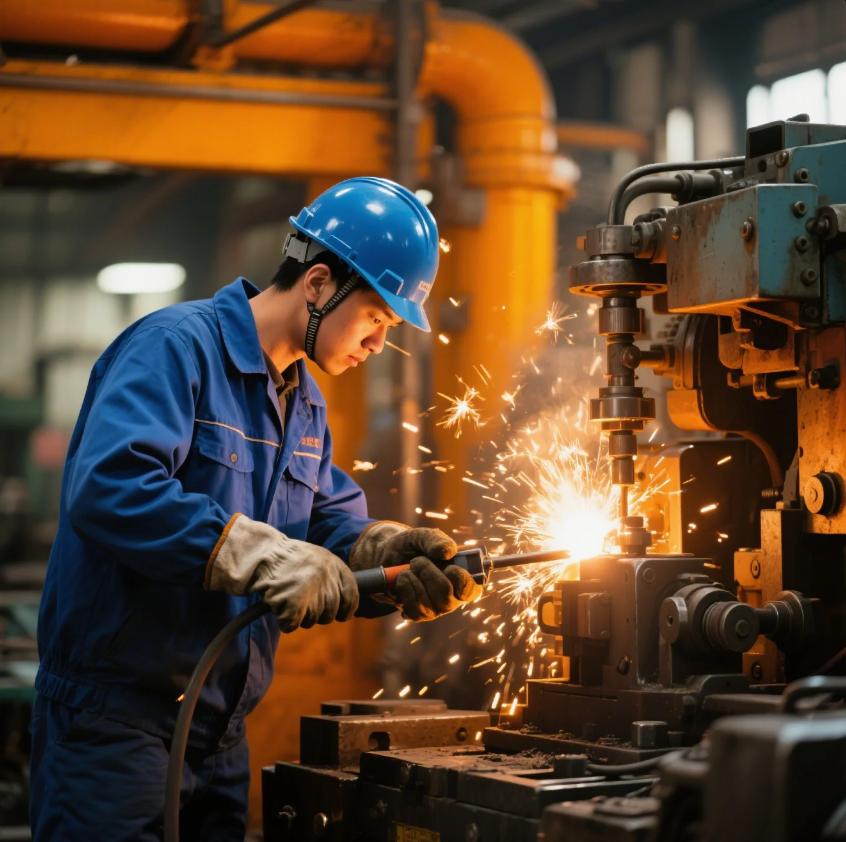
If you’re just starting to learn welding, you may wonder what the proper term is for a beginner. In this article, I’ll explore the various terms used for beginner welders and provide some insight into the early stages of a welding career.
Snippet paragraph: If you’re new to welding, you might be wondering what a beginner welder is called. Here’s a breakdown of the terms and stages of learning welding.
Starting a welding career can be intimidating, but understanding the various stages and terms for beginner welders will help guide you through your learning process. Let’s dive into what it’s called when you’re just beginning your welding journey.
What type of welder for a beginner?
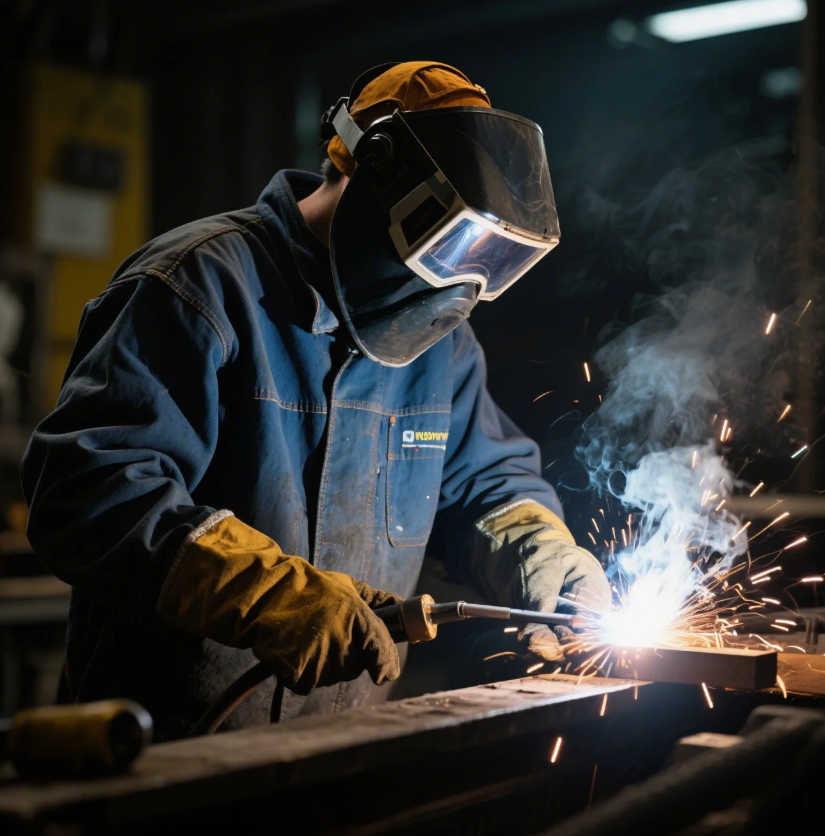
When you’re starting out, choosing the right welding method is key. The best type of welder for a beginner is usually a MIG welder.
Why MIG Welding is Ideal for Beginners
- Ease of Use: MIG welding is known for its simplicity, and it’s much easier for beginners to learn compared to other types like TIG or Stick welding.
- Clean Results: With MIG welding, there’s less mess and fewer sparks, making it easier to produce clean and smooth welds.
- Versatility: MIG welders can handle a wide range of materials, which is perfect for newcomers working on different projects.
Other Types of Welders
| Welder Type | Best For | Pros |
|---|---|---|
| MIG Welder | Beginners, light fabrication | Easy to use, clean welds, versatile |
| TIG Welder | Precision work, thin metals | High-quality welds, requires more skill |
| Stick Welder | Heavy-duty, outdoor welding | Low cost, portable, works in harsh conditions |
Choosing a MIG welder as a beginner gives you the easiest path to mastering welding while still being able to tackle many different types of welding projects.
What is basic welding called?
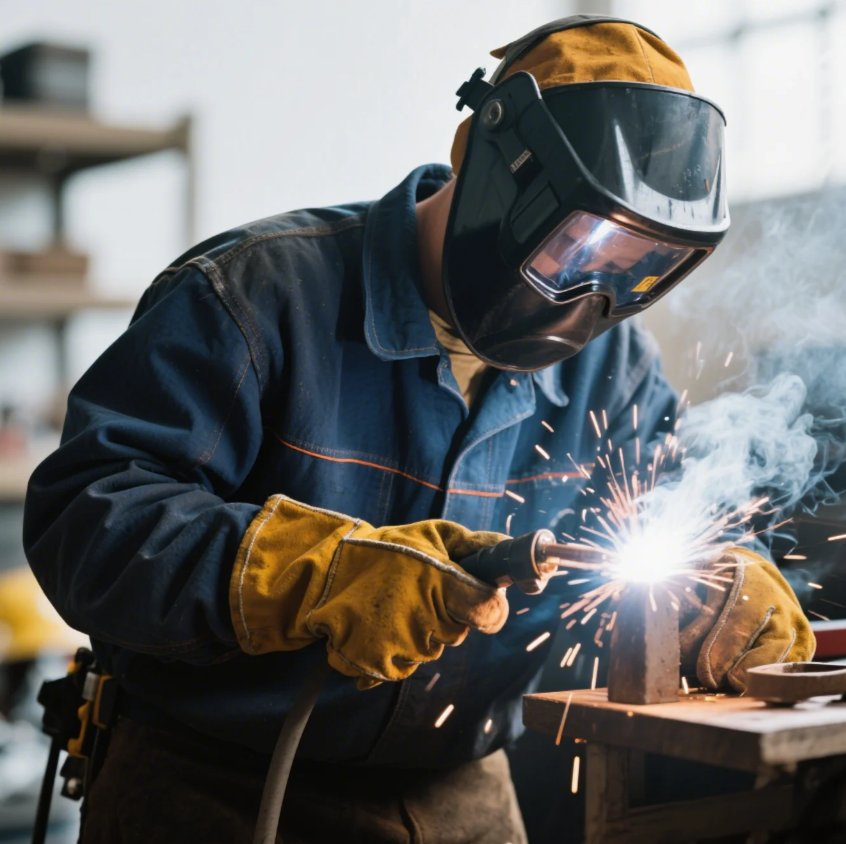
Basic welding is commonly referred to as Arc welding, which involves using an electric arc to melt the metal and join two pieces together.
The Fundamentals of Arc Welding
Arc welding is the foundation for many welding techniques, including MIG, TIG, and Stick welding. Here’s what makes arc welding so basic:
- Electric Arc: An electric arc is created between an electrode and the workpiece, generating enough heat to melt the metal and form a bond.
- No Gas Required: Basic arc welding doesn’t require a gas supply, which simplifies the setup for beginners.
- Wide Applications: It can be used for various metals, from steel to aluminum, making it perfect for starting out.
Types of Basic Welding:
| Welding Type | Description | Skill Level |
|---|---|---|
| Arc Welding | Basic technique for beginners | Beginner |
| MIG Welding | A specific type of arc welding | Beginner to Intermediate |
| Stick Welding | Similar to arc but more portable | Beginner to Intermediate |
While Arc welding is the basic term, you’ll soon discover that different types of arc welding, such as MIG and Stick welding, cater to various applications.
What is a first class welder?

A first class welder refers to an experienced professional who has mastered the art of welding. This is a term typically used for skilled welders with advanced expertise.
Characteristics of a First Class Welder
- Experience: First class welders are highly skilled and have extensive experience working with different materials and techniques.
- Precision: They produce high-quality, precise welds that meet industry standards.
- Certification: First class welders usually hold certifications from organizations such as the American Welding Society (AWS).
Differences Between Beginners and First-Class Welders
| Skill Level | Description | Example Skills |
|---|---|---|
| Beginner Welder | New to welding, still learning the basics | Basic MIG welding, Stick welding |
| First Class Welder | Master level skills, industry recognized | Advanced TIG welding, welding in tight spaces |
First class welders have refined their skills over years of experience, making them leaders in the field. As a beginner, you’ll aim to eventually reach this level with consistent practice and learning.
What is an apprentice welder?
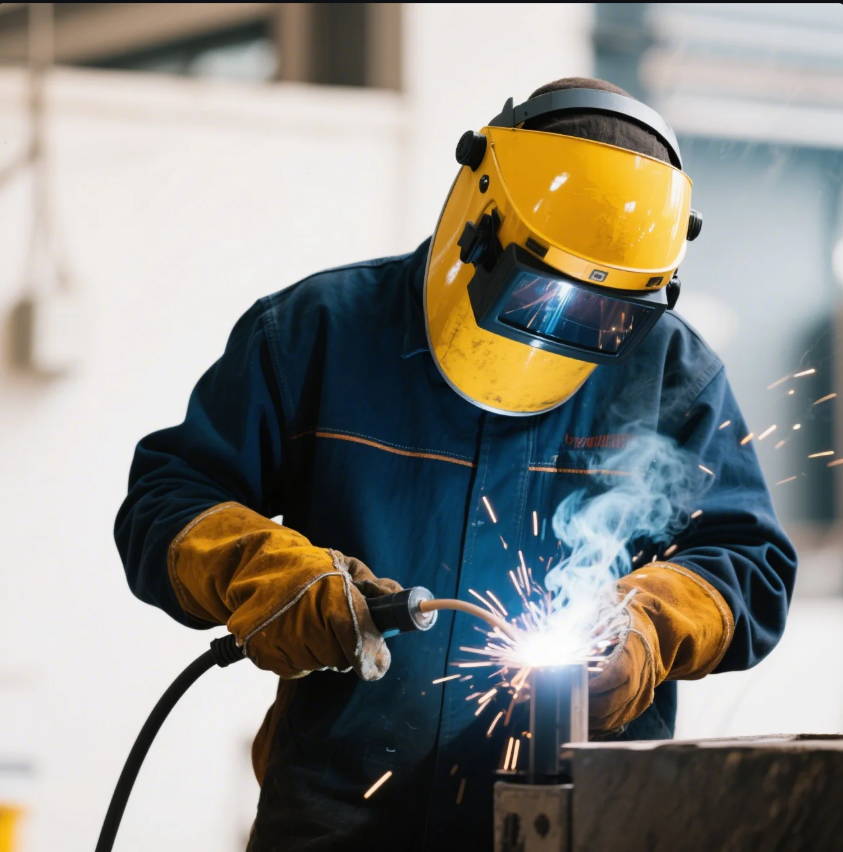
An apprentice welder is someone who is still learning the trade but has started gaining practical experience under the supervision of a skilled welder.
The Role of an Apprentice Welder
- Learning the Basics: Apprentices start by observing experienced welders and gradually move to hands-on tasks.
- Workplace Training: They typically work in workshops or construction sites, assisting in various welding tasks.
- Education: Along with practical experience, apprentice welders often attend technical schools to learn the theory behind welding techniques.
Apprentice vs. Beginner Welder
| Role | Description | Responsibilities |
|---|---|---|
| Apprentice Welder | Learns on-the-job under supervision | Assists with welding tasks, learning theory |
| Beginner Welder | Just starting out with minimal experience | Focuses on basic welding tasks, often working with MIG |
As an apprentice, you’ll receive the guidance needed to develop your welding skills and work toward becoming a fully qualified welder.
Conclusion
The term for a beginner welder can vary, but the most common term is apprentice welder. Whether you’re just starting with MIG welding or pursuing a career in welding, understanding the stages of learning can help you progress smoothly.
If you’re ready to get started on your welding journey or need high-quality welded components for your business, Prime is here to help. Contact us today for expert advice and customized solutions.


